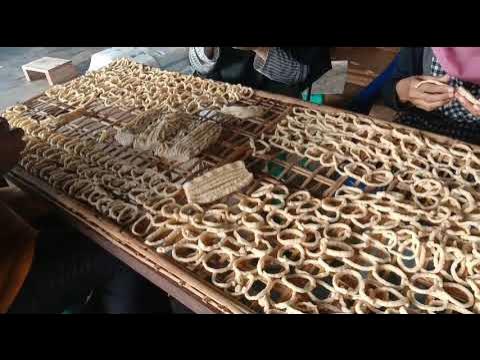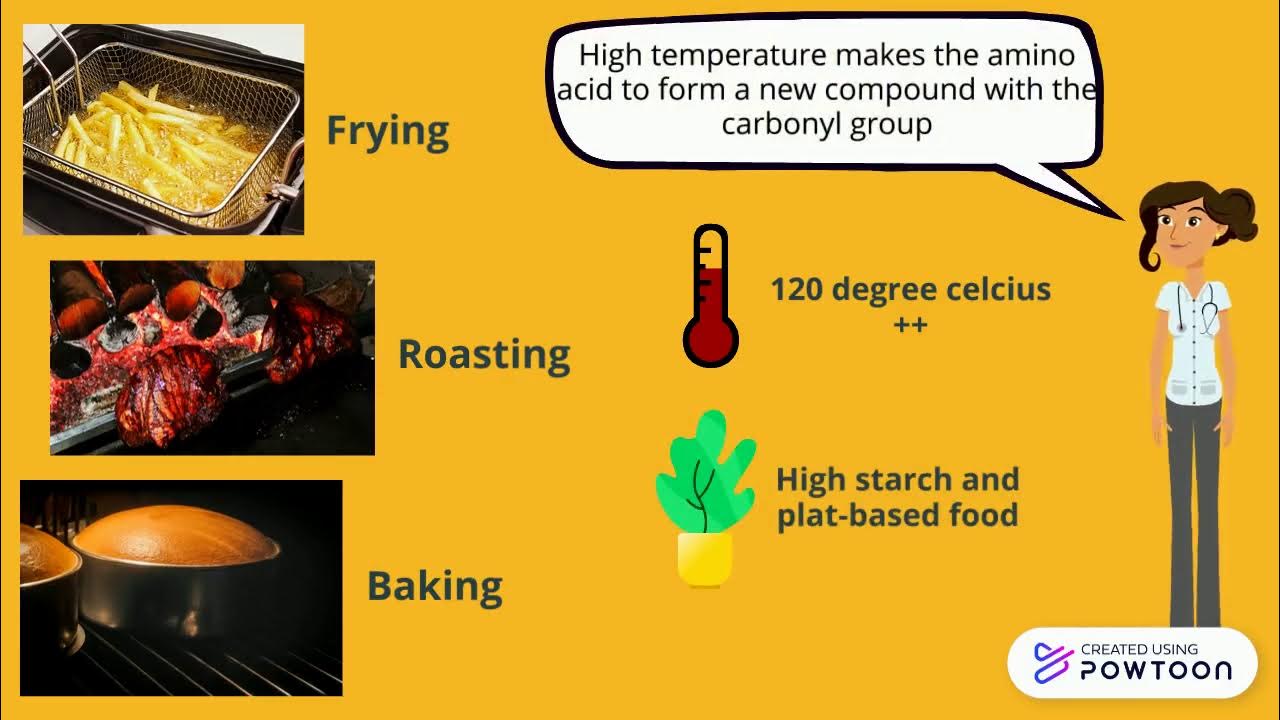Usaha Pengolahan Makanan Khas Daerah Asli | Kewirausahaan Kelas 11
Summary
TLDRIn this video, Fajria explains the process of planning and producing local traditional foods. She introduces the concept of regional cuisine, emphasizing how it reflects the culture and character of the people in different areas. The video covers essential steps in business planning, including idea development, resource identification, administrative planning, and marketing. Fajria discusses the significance of food production, showcasing examples from Java and Sumatra to highlight regional flavor differences. The video also explores cooking techniques, both dry and wet, providing viewers with insight into local culinary traditions.
Takeaways
- 😀 Regional foods reflect the culture and character of the people in specific areas.
- 😀 Traditional foods are typically made from local ingredients, making them unique to their regions.
- 😀 Proper business planning for regional food production involves four key steps: ideas & opportunities, resources, administration, and marketing.
- 😀 The 6M model (Manpower, Money, Material, Machinery, Method, Market) is essential when planning a food-related business.
- 😀 By preparing the 6M elements well, a food business can run smoothly and successfully.
- 😀 Central Java's food predominantly has sweet flavors, while Sumatra's food is known for its spicy and sour tastes.
- 😀 The flavor of regional foods often reflects the local customs and habits of the people from that area.
- 😀 Food production methods can be categorized into dry heat (e.g., frying, sautéing) and wet heat (e.g., boiling, blanching, simmering).
- 😀 Effective food production involves selecting the appropriate cooking technique based on the dish and its ingredients.
- 😀 Students are assigned to research a regional food, describe its production method, and provide pricing information for a serving.
- 😀 Thorough preparation, including administrative tasks and marketing strategies, is crucial to ensure the success of a food business.
Q & A
What is the focus of the learning video?
-The video focuses on the process of planning and production related to regional specialty foods, specifically in the context of food processing and entrepreneurship.
What is meant by 'regional specialty foods'?
-'Regional specialty foods' refer to foods that are commonly consumed in a particular region, with unique characteristics reflecting the local culture and daily life of its inhabitants.
How do regional specialty foods reflect the characteristics of local communities?
-The characteristics of regional foods often mirror the customs, behaviors, and daily habits of the people in that region, making the food an important cultural symbol.
What are the four key aspects to consider in business planning for regional food products?
-The four key aspects are: 1) Ideas and opportunities, 2) Required resources, 3) Administrative planning, and 4) Marketing planning.
Why is it important to plan in advance for these aspects?
-Proper planning helps to ensure the smooth execution of the business, preventing unforeseen issues and increasing the chances of success.
What are the six 'M's that are crucial for business planning in the food industry?
-The six 'M's are: 1) Man (human resources), 2) Money (capital), 3) Material (raw materials), 4) Machine (equipment), 5) Method (work processes), and 6) Market (marketing).
What is the role of administrative planning in business?
-Administrative planning involves organizing and maintaining essential business documents and records, ensuring smooth operational processes.
How does the marketing process work in food businesses?
-Marketing involves strategizing from the creation of the product, determining pricing, and managing the sales transaction, all of which should be planned from the beginning.
What is the significance of food characteristics in the production process for regional specialties?
-Food characteristics, such as flavor profiles (sweet, spicy, etc.) and the local availability of ingredients, guide the methods and techniques used in the production of regional specialties.
Can you explain the difference between dry and wet heat cooking techniques?
-Dry heat cooking uses oil and methods like frying or sautéing, while wet heat cooking uses water or liquids, such as boiling or steaming, to cook the food.
What are some common cooking techniques used in wet heat processing?
-Common wet heat techniques include boiling, blanching, simmering, braising, stewing, poaching, and steaming.
Why do regional foods have different flavor profiles, such as sweet in Central Java and spicy in Sumatra?
-These differences are influenced by the regional culture, communication style, and availability of local ingredients. For example, Central Java tends to have a sweeter profile due to its cultural and ingredient preferences, while Sumatra is known for its spicier, tangier flavors.
Outlines

このセクションは有料ユーザー限定です。 アクセスするには、アップグレードをお願いします。
今すぐアップグレードMindmap

このセクションは有料ユーザー限定です。 アクセスするには、アップグレードをお願いします。
今すぐアップグレードKeywords

このセクションは有料ユーザー限定です。 アクセスするには、アップグレードをお願いします。
今すぐアップグレードHighlights

このセクションは有料ユーザー限定です。 アクセスするには、アップグレードをお願いします。
今すぐアップグレードTranscripts

このセクションは有料ユーザー限定です。 アクセスするには、アップグレードをお願いします。
今すぐアップグレード関連動画をさらに表示

Kompetensi Dasar Prakarya dan Kewirausahaan Kelas X Semester Genap Bidang Pengolahan

E Apresiasi Lingkungan dan Budaya Lokal

D Menghargai Produk dan Jasa Lokal

PEMBERDAYAAN UMKM // PROSES PRODUKSI

Formation of Acrylamide through Maillard reaction

MEMBUAT SLONDOK KHAS MAGELANG | JEJAK SI GUNDUL (18/05/21)
5.0 / 5 (0 votes)
